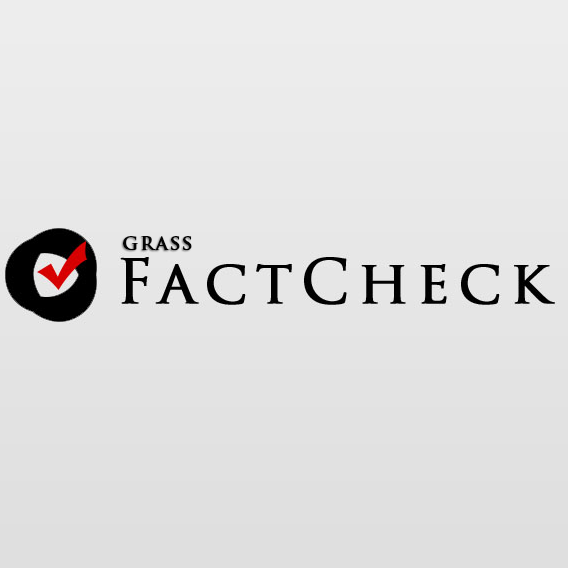Disinformation: The Pentagon Unveils Microchip that Senses COVID in the Body
Verdict: FAKE NEWS
On 13 April 2021, it was reported in a social network (link 1 and link 2) that the Pentagon presented a “COVID-sensitive microchip-implant.” According to the content, the microchip will be able to sense COVID-19 in the body. The screenshot of independent.co.uk is attached to the Facebook publication. On 13 April 2021, this information was disseminated on Twitter where American far-right activist Chuck Woolery called the technology a “mark of the beast” and the “Orwellian nightmare” announced by the Pentagon.
On 13 April 2021, independent.co.uk, an online media-outlet, published an article under the following title: “The Pentagon Unveils Microchip that Senses COVID in the Body.” According to the article, Pentagon scientists invented a sensor that would be inserted under the skin and detect if the patient develops COVID-19. The author also mentions a revolutionary filter that can remove the virus from the patient’s blood through a dialysis machine.
The information, reported both by independent.co.uk and social network users, is not true. Pentagon scientists have not invented COVID-sensitive microchips. The future generation technology, referred to as a biosensor, is not a sensor to be inserted under the skin and cannot sense COVID-19 in the body. The biosensor is a future technology which is under development and, therefore, is currently not used for medical purposes.
The work on the biosensor started through cooperation between Profusa, a California-based private biotechnological company, and US government agencies (the US Defence Advanced Research Projects Agency – DARPA and the Joint Program Executive Office for Chemical, Biological, Radiological and Nuclear Defence – JPEO-CBRND). They aim to produce such biotechnology that would allow easier monitoring of human health.
The biosensor consists of two parts. The first is hydrogel which is used in contact lenses and other implants. Hydrogel is a mixture of poly (2-hydroxyethyl methacrylate; pHEMA), polymer and water and is compatible with the human body. Hydrogel is injected into the human body by syringe. If a body starts to fight a certain disease, hydrogel reacts to the substances generated in the process and starts to glow dimly. The second part of the biosensor is a skin-attached electronic component which detects the hydrogel signal and provides information that the body is starting to fight against a certain disease before symptoms are shown.
Dr Matt Hepburn, a military doctor who previously worked for the US Defence Advanced Research Projects Agency, stated in his interview with the American daily, Newsweek, that: “The technology is neither a microchip nor electronics. No technology would tell you if you have influenza or if you have COVID." For instance, hydrogel will be able to detect a lactate concentration in the body. A higher level of lactate can be indicative that a certain disease may be developing in a human body. As stated by Dr Hepburn, these lactate levels can indicate whether or not someone is about to get ill and a COVID test or an antigen-based analysis should be done in order to determine if the infection is COVID-19. Therefore, a biosensor can detect that the human body is ill or on the verge of getting sick, although it cannot determine the type of disease. The biosensor is not a microchip which can sense COVID-19.
Therefore, Pentagon scientists have not invented COVID-sensitive microchips. Profusa, a private American company in cooperation with the American government, is aiming to use a biosensor which can sense whether or not a person is sick with a certain disease before any symptoms appear. However, this sensor is not currently used in medicine and is a technology of the future.
---------------------------------------------------------------------------------------------------------------
This article was produced as part of Facebook’s Fact-checking Programme. Given the rating, Facebook may impose different restrictions – click here for full information. For information on issuing a correction or to dispute a rating, please see here.







